This coming Monday, 11 November 2019, we commemorate Veterans Day. Originally called Armistice Day, Veterans Day was created to recognize of the end of World War I. Fighting between the Allied nations and Germany ceased on the 11th hour of the 11th day of the 11th month in 1918. That date is generally regarded as the end of “the war to end all wars.” Veterans Day was made a legal holiday in 1938. Now we take the day to honor all U.S. military veterans.
I posted the following blog post for Veterans Day 2013. I am re-posting it today because it is one of my favorite family stories concerning my dad, WWII veteran Herb Miller.
One of the great things about writing family history blog posts is being contacted by distant relatives from all over the world. Last summer [2013] I received an e-mail from Friedemann, a distant Rueck relative who lives in Germany. We shared family information and discovered that we both had knowledge of the following story that occurred in Germany during World War II.
My dad’s grandparents, Jacob and Christena (Rueck) Miller were German immigrants. Christena Rueck (1858-1945) immigrated about 1880 with her immediate family—her daughter, parents, siblings, and her male cousin.
The Ruecks were from the Crailsheim and Appensee area of Württemberg, and according to Friedemann, one of the main reasons they left Germany was the lack of farmland on which to raise their large family. Our branch of the family immigrated but many Rueck relatives remained in Germany. All through the years Christena and her family in America kept in contact with their Rueck relatives across the ocean.
Jacob Miller passed away in 1918 and after that his widow Christena (Rueck) lived with my dad’s family for a while on the Miller farm. She was still living when my dad went off to Germany to fight in WWII.
My dad said that his grandmother Christena told him he should visit some of his Rueck relatives while he was in Germany. She specifically mentioned her first cousin, Babette “Barbara” (Rueck) Leiberich, who was also my dad’s great-aunt and Friedemann’s great-grandmother.
At some point, when my dad was in Germany during the war [more likely during the occupation time after the war] he took a train to Barbara’s home, introduced himself, and stayed there overnight. During the visit he also met some Rueck cousins. I am not sure when or how he managed this visit.
I mentioned this story to Friedemann in one of my e-mails and asked him if he had ever heard anything about this incident. He said that he had heard the very same story from his mother!
His mother told him that one night after the war an unknown American soldier knocked on Barbara Leibrich’s door. The soldier went on to explain that he was a Rueck descendant and that his grandmother was Christena Rueck, who had immigrated to America decades before.
That young American soldier was my dad.
Friedemann believes that Barbara was probably at the home of relatives in Appensee at that time because Barbara’s house in Crailsheim had been completely destroyed during the war. Barbara may have written Christena about her house and told Christena where she was living after it was destroyed.
Back then, none of the Ruecks in Germany spoke any English and Friedemann supposes that his mother was the translator. She would have been about 15 years old at the time and was a good English student.
Friedemann said that one April during the war the Americans reached the old and beautiful city of Crailsheim and conquered it without resistance. But several days later fanatic Nazi troops came and took the town back. He said many American soldiers died during the fighting and the center of the city was completely destroyed. That was probably when Barbara’s home and all her possessions, including family papers, were destroyed.
It is a tragedy to think that relatives may have fought other relatives during the war. Friedemann mentioned that several Rueck family members, including his uncle, died during the war.
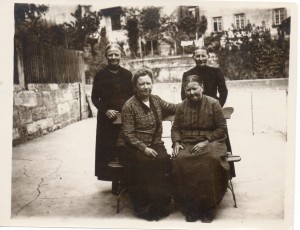
Rueck sisters in Germany, bef. 1942. Left to right, front: Barbara, Rosine; back: Margarete, Regina.
While e-mailing Friedemann I discovered that we also have another connection. My cousin and her mother [my aunt—my dad’s sister] visited Friedemann and his family in 1970. What a small world!
We owe all of our veterans a big Thank You for their service to our country.
Remember to thank a veteran this coming Veterans Day and remember those veterans who are no longer with us.

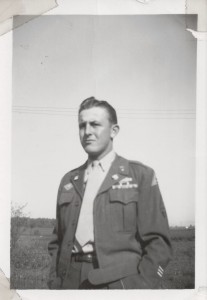
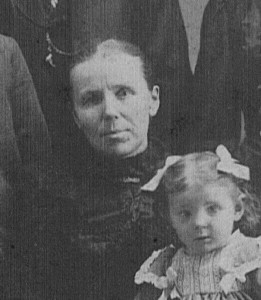
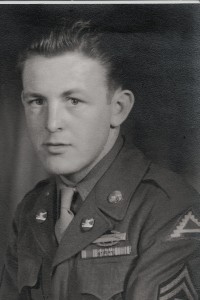
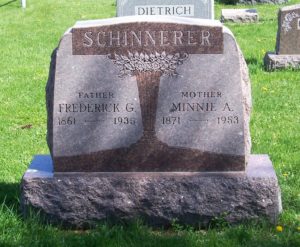




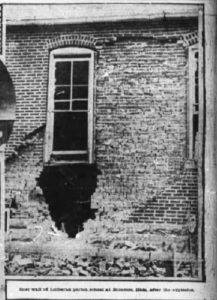
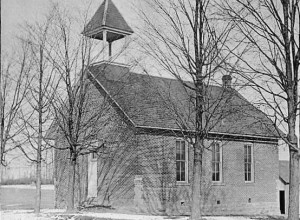
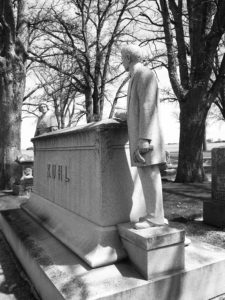
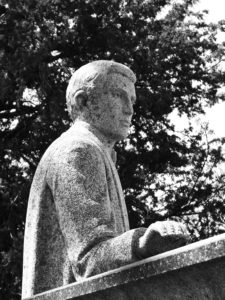

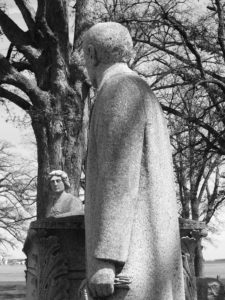
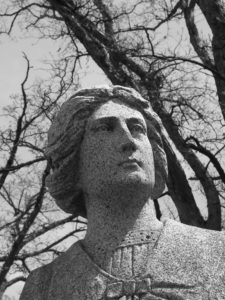
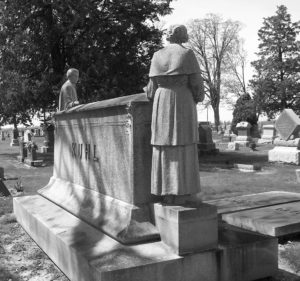

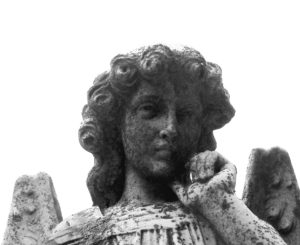
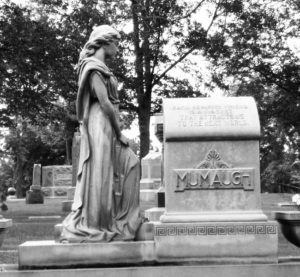
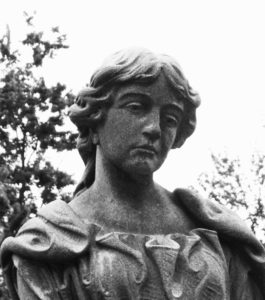

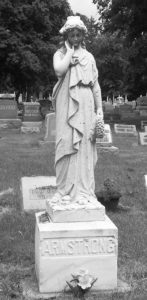
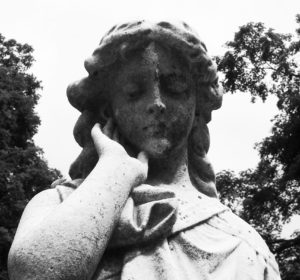
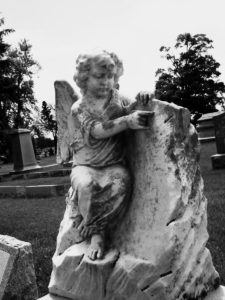
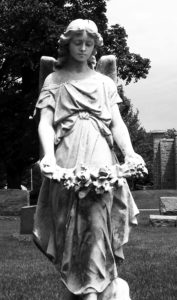
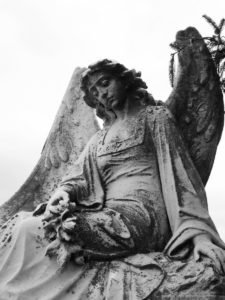
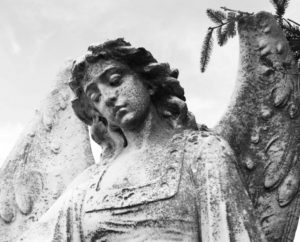
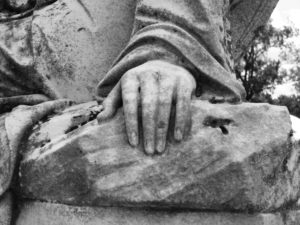


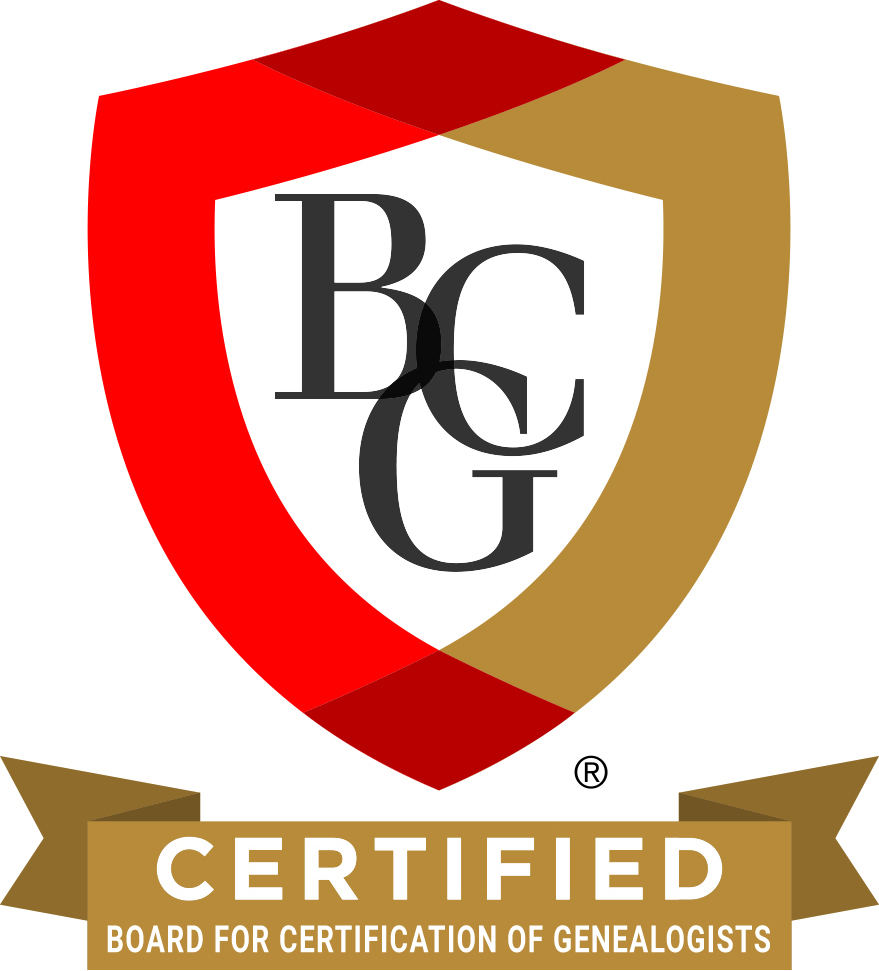
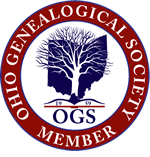

You are welcome!
You're welcome, Karen. I'm still working on this also. Thank you so much for all of your wonderful Mercer County…
Very interesting and great picture (I had neersee before) of the church! Thanks for sharing this, Karen.
Ha! I see why you say that. Your original surname was probably something similar to Schmitt.
Thank you for letting me know.